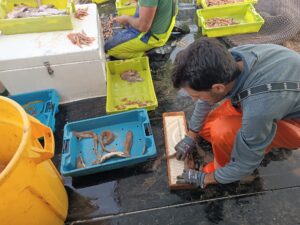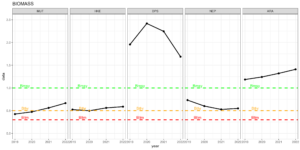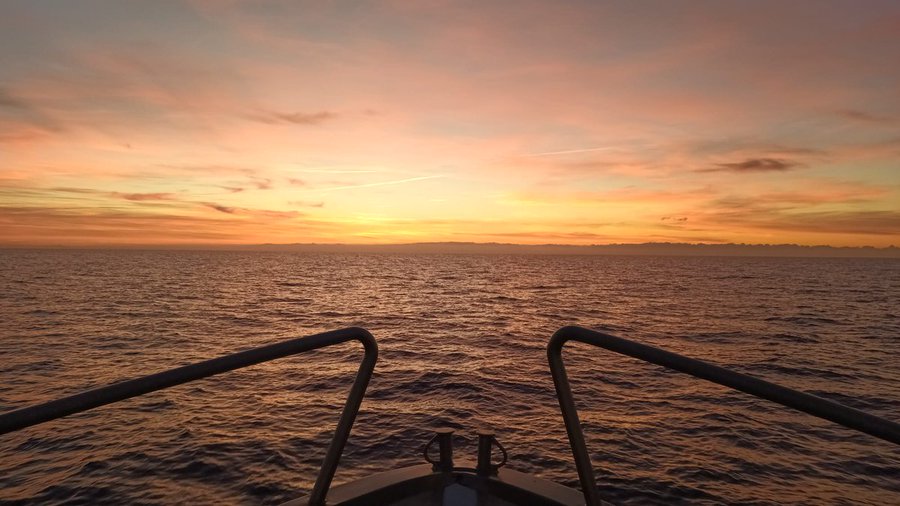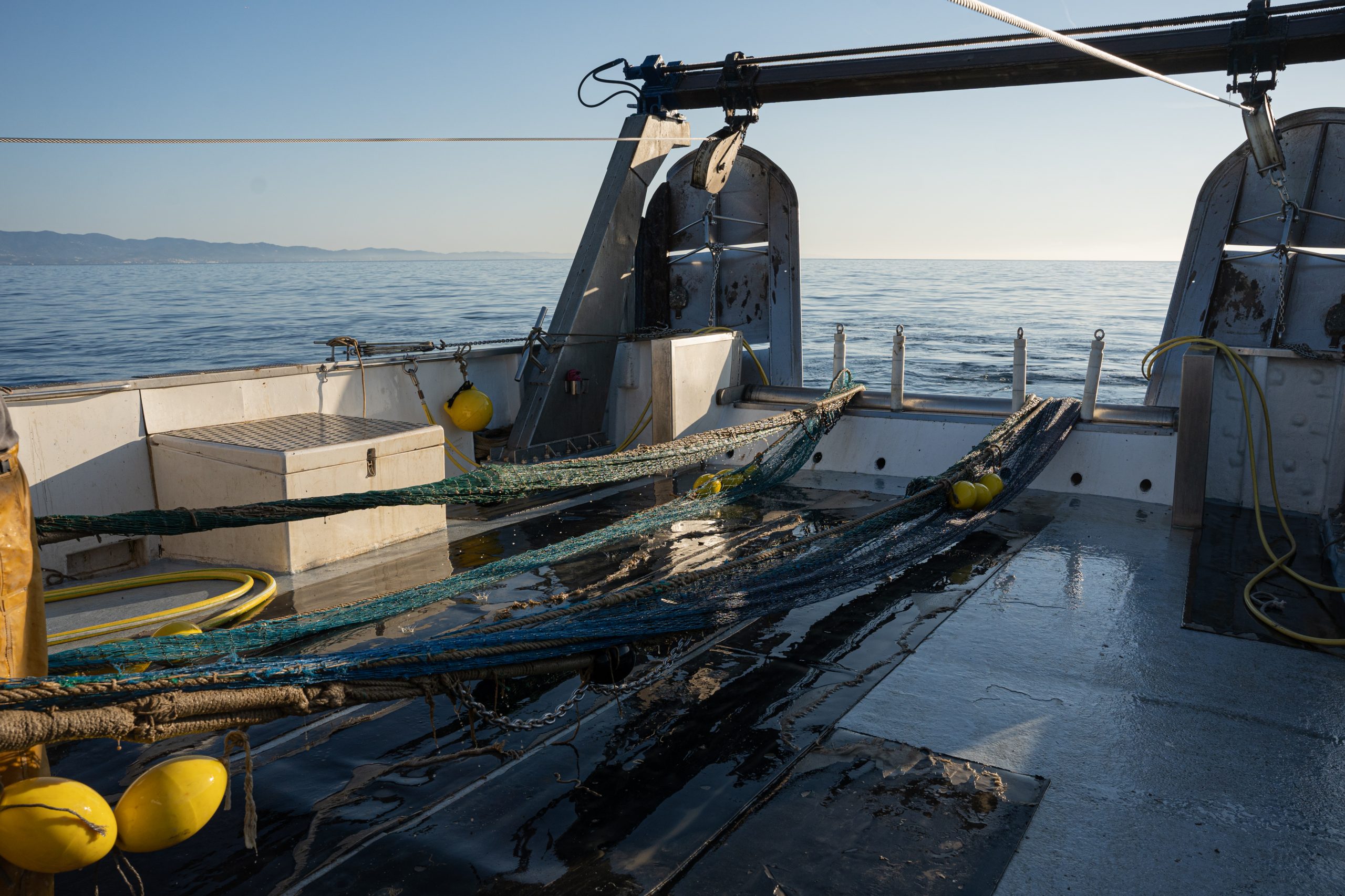You can now consult and download the latest reports on the state of fisheries in Catalonia in 2023 in the Publications section.
In State of Fisheries in Catalonia 2023, Part 1: Report on the Monitoring of the Commercial Fishing Fleet, the sampling methodology for different fishing modalities used by ICATMAR for monitoring fishery resources along the Catalan coast is presented. Regarding the sampling of trawling, this edition explains the shift in approach adopted to align with the European Common Fisheries Policy. This change consists of replacing the depth stratum, previously used as a spatial sampling unit, with métier, defined as a set of fishing operations targeting a similar group of species using similar fishing gear during the same period and/or in the same area.

Following this, the different sections present the monitoring results, which include the composition of the landed catches, discarded and accompanying species, and marine litter for each fishing modality. Additionally, for each modality, results are provided based on the data collected for the target species of bottom trawling (hake, red mullet, Norway lobster, blue and red shrimp, deep-water rose shrimp, spottail mantis squillid, and caramote prawn), purse seine fishing (European sardine and anchovy), and small-scale fisheries included in co-management plans (sandeels and transparent goby, common octopus, and blue crab). For each species, maps of catch distribution, biological parameters, size at first maturity, reproductive cycle, and size frequency distribution (for métiers in the case of bottom trawling) are shown.
On the other hand, State of Fisheries in Catalonia, Part 2: Stock Assessment presents the results of the stock assessments carried out by ICATMAR. Stock assessment aims to determine, through mathematical models, whether the exploitation of marine species populations is within sustainability limits. In this year’s report, assessments were conducted using two types of methodologies. On one hand, the LBSPR model (Length-Based Spawning Potential Ratio), which, considering size frequency and species biology, allows for the estimation of the reproductive capacity of populations. On the other hand, the SPiCT model (Stochastic Surplus Production Model in Continuous Time) allows for the estimation of fishing mortality and population status based on historical data on catches and biomass.

Both models were used to assess the stocks of the main demersal species included in the WMMAP (West Mediterranean Multiannual Plan) of the European Union, namely hake, red mullet, Norway lobster, blue and red shrimp and deep-water rose shrimp, as well as the main small pelagic species, European sardine and anchovy. Since they are based on different assumptions and data, the two models employed, LBSPR and SPiCT, sometimes offer different perspectives on the status of the populations. Therefore, it is important that the information they provide is carefully analyzed when proposing management recommendations.
Looking to the future, ICATMAR will continue its program of monitoring fishery resources along the Catalan coast to gather long-term data, enabling the application of more complex models, such as SS3 (Stock Synthesis 3). These types of models allow for the integration of diverse information simultaneously, such as historical catch data, changes in fishing gear selectivity, or differences in population dynamics between sexes. For this reason, they provide results that are more aligned with reality and can become a powerful tool for developing management recommendations based on scientific evidence aimed at ensuring the sustainability of fisheries.

